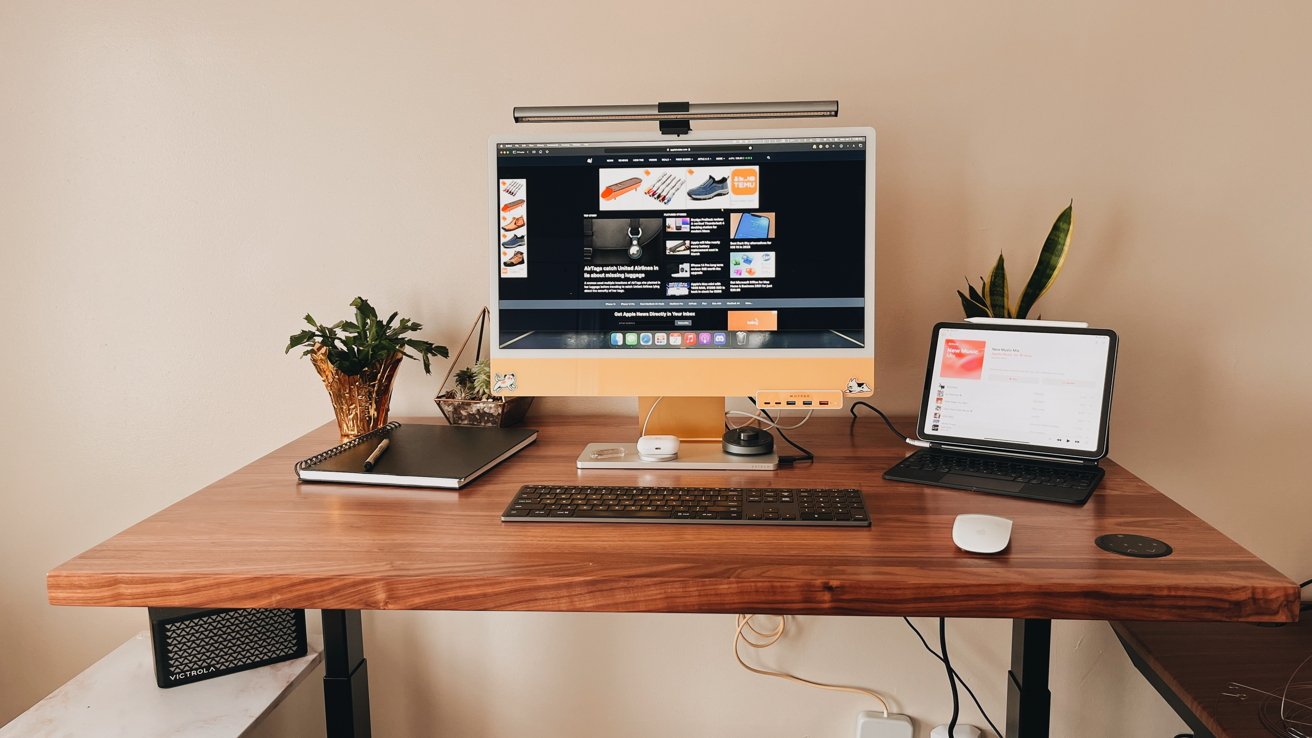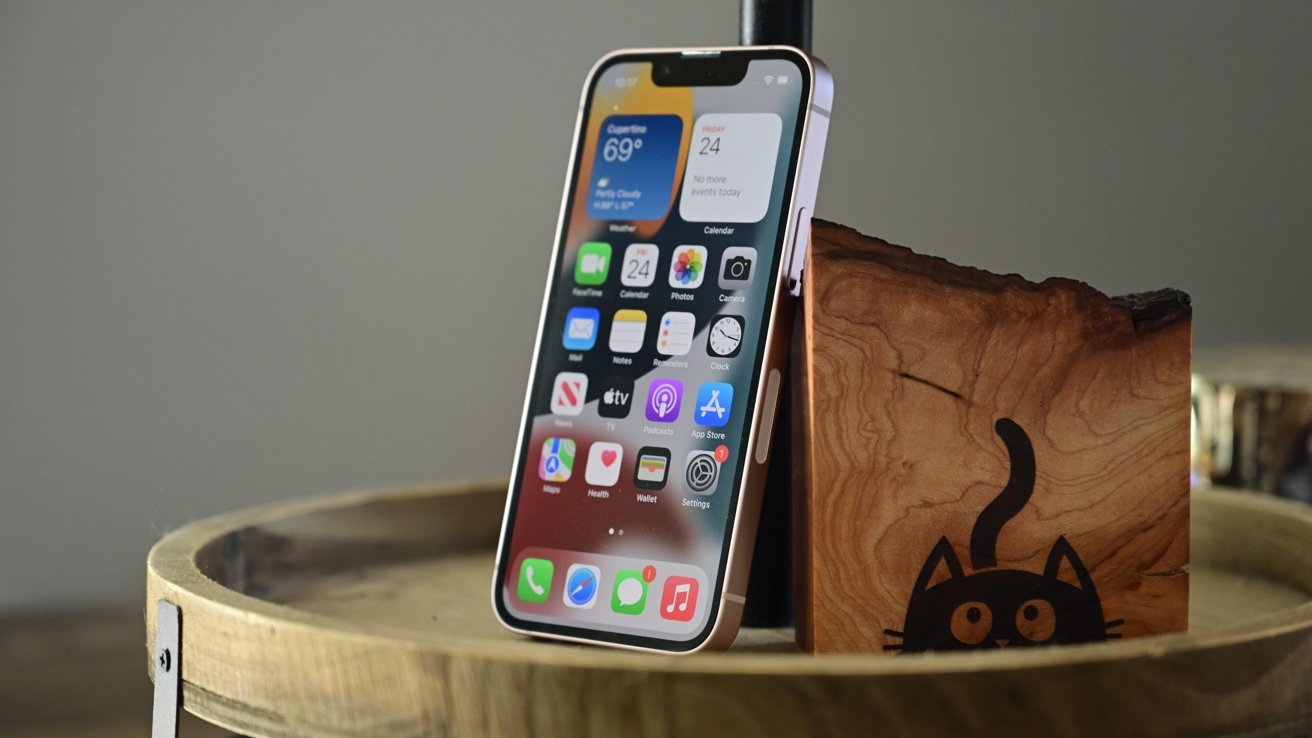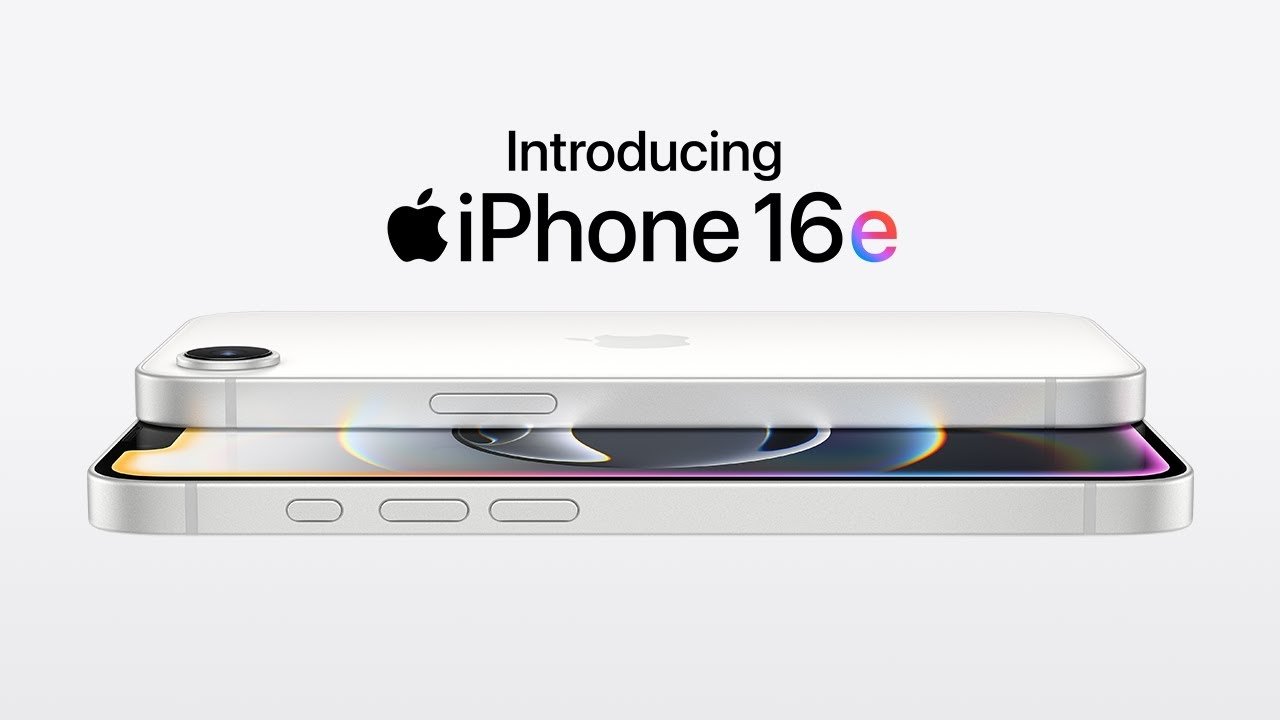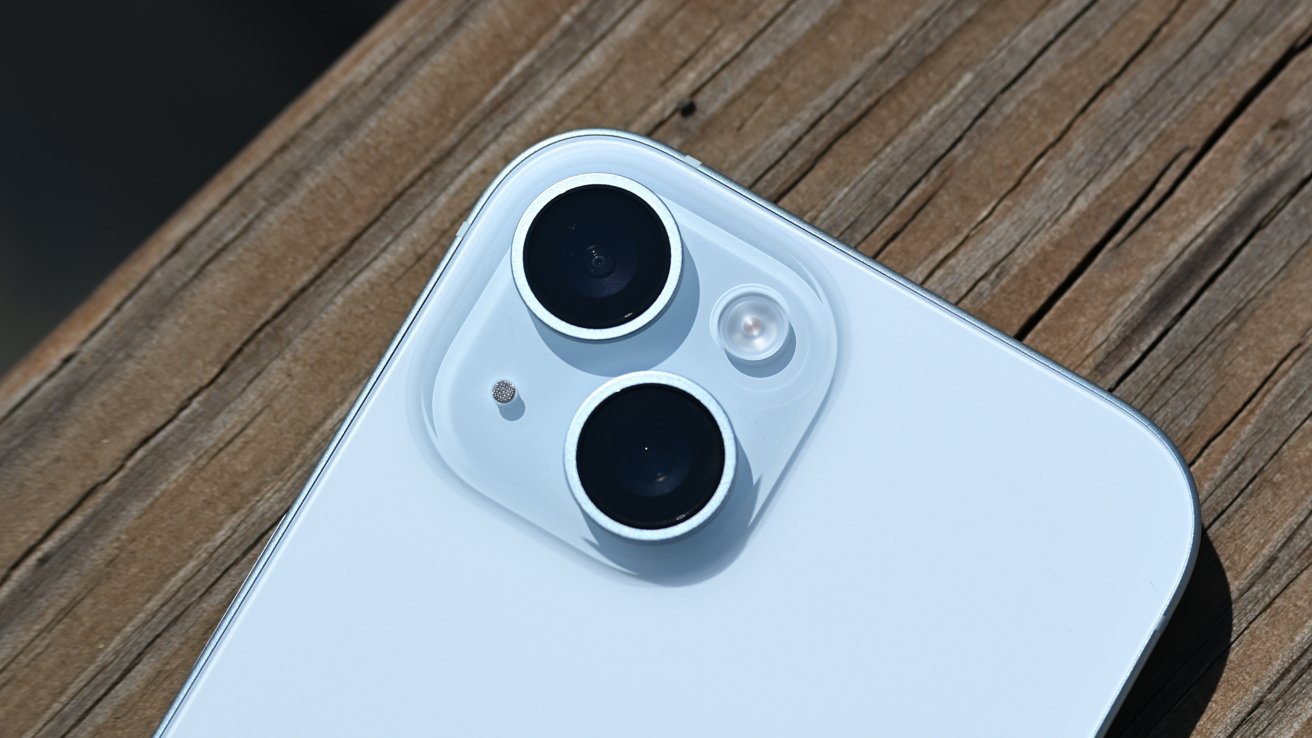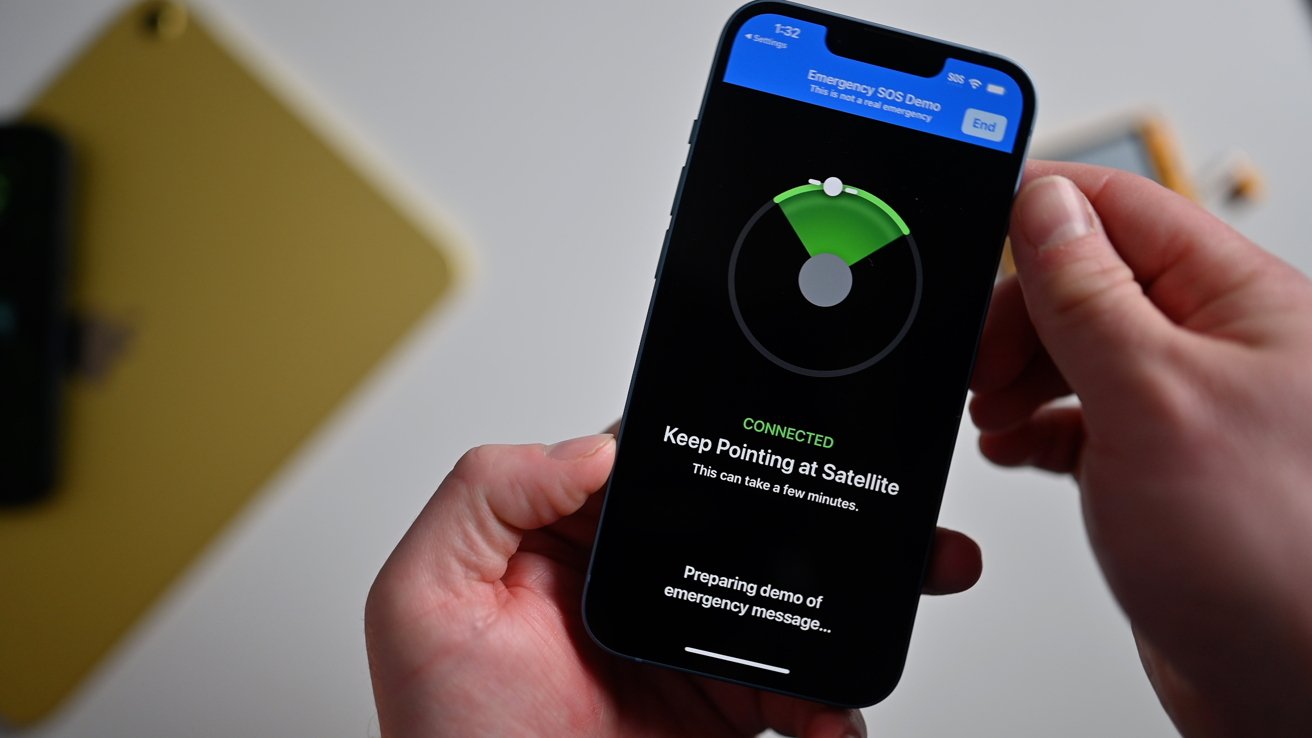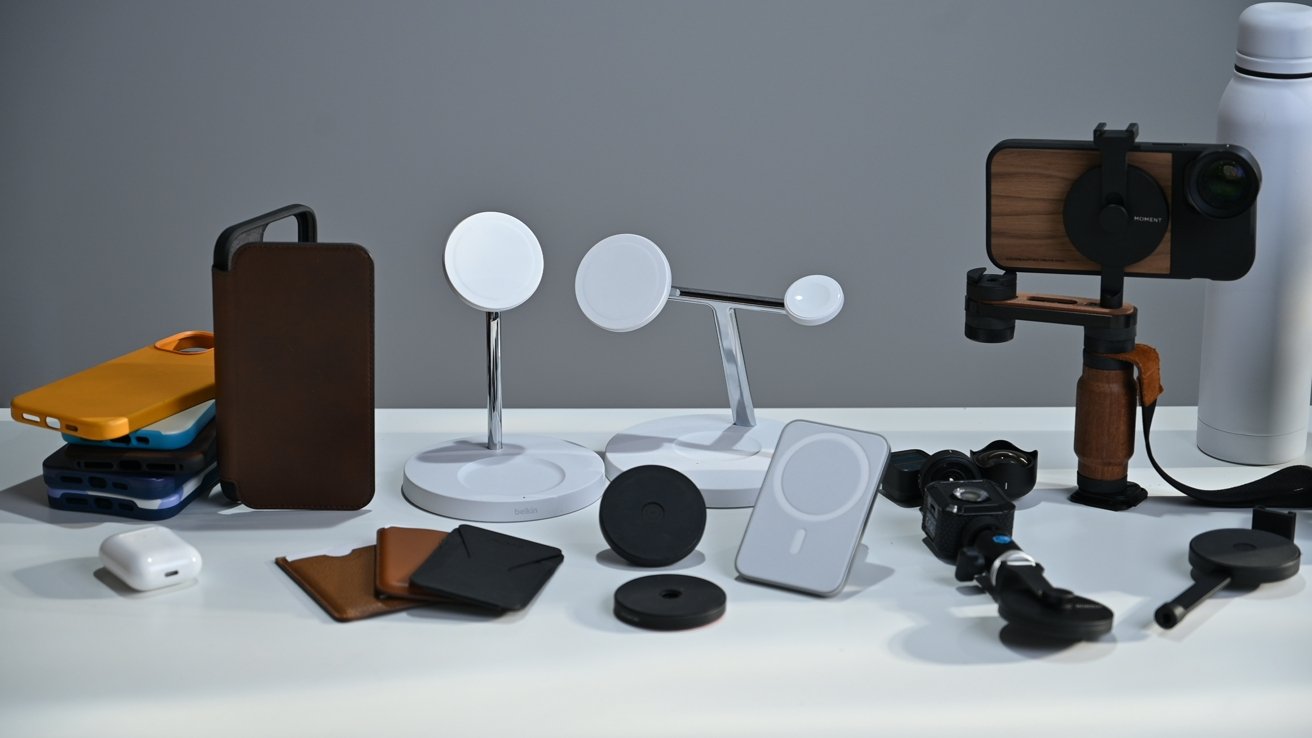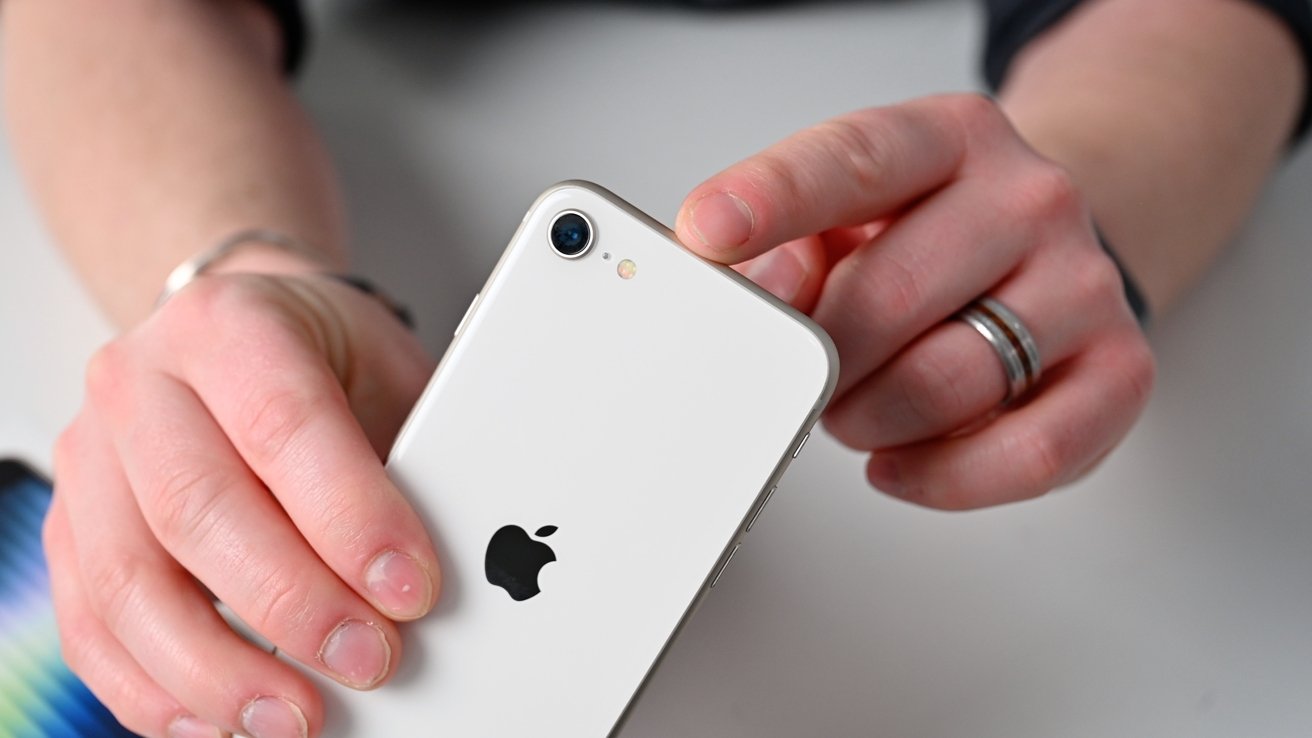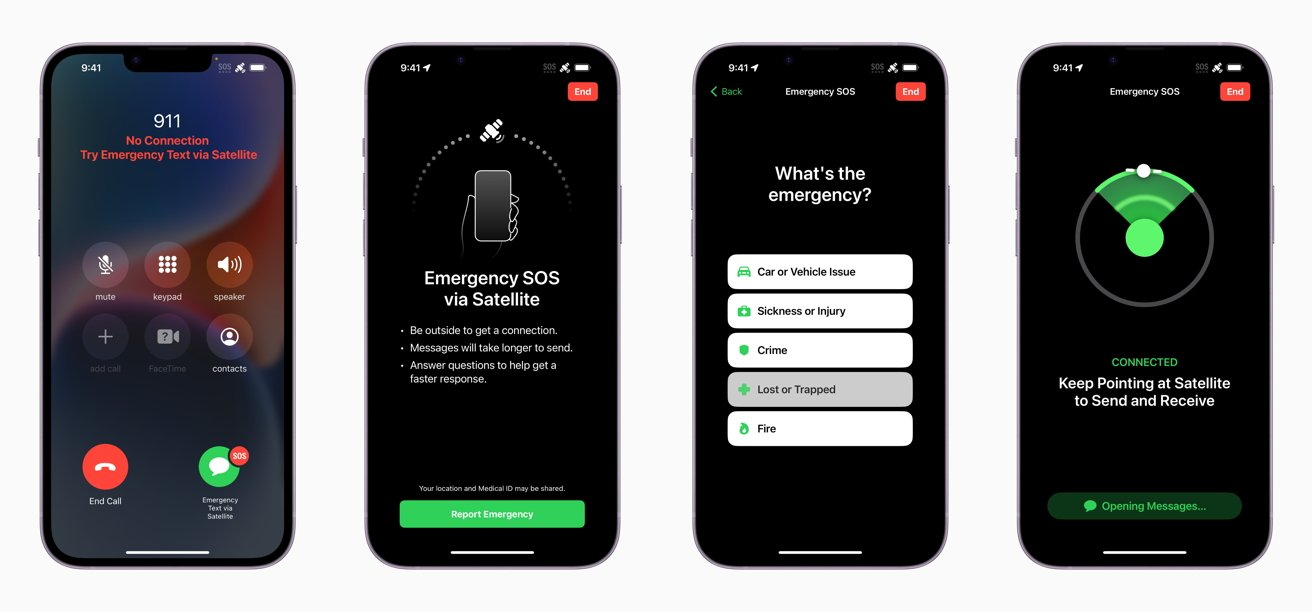If you’re confused about who the iPhone 16e is for, you’re not alone — I know I won’t be upgrading.
I’m going to cut right to it. I should have been an easy sell for the iPhone SE 4, but I’m vehemently against the iPhone 16e.
If you’ve read any of my opinion pieces here in my nearly six-year tenure at AppleInsider, you’d know that I’m not an iPhone fanatic. Unlike most of my coworkers, I’ve never owned a Pro-level iPhone model.
In fact, my history with the iPhone lineup is pretty telling. I started with the iPhone 4, though I wound up swapping it for a flip phone back when those were still a thing.
I just didn’t care about the iPhone then.
Several years later, I got myself an iPhone 5c — refurbished. This was the first smartphone that I genuinely liked.
I loved its compact size, I liked the feel of the smooth plastic back, and it came in a color I affectionately called “punch-you-in-the-face-yellow” which is sort of a thing for me.
If not for a fateful collision with a sidewalk, I probably would have held onto the iPhone 5c for an embarrassingly long time.
I jumped to Android for a very brief time because the Nexbit Robin was affordable and I was a broke college student. I learned quickly that I just wasn’t cut out for an Android phone.
The next line of updates for me included the original iPhone SE, which I thought was fine. Three years later, I got a base model iPhone 11, which I did not like.
It was too big for my hands. It went crashing to the floor when it fell out of my back pocket constantly — at least I had a good case on it this time.
Despite the iPhone 12 debuting the first mini iPhone, I didn’t feel ready to upgrade. I wasn’t planning on upgrading until the iPhone 14 line, but Mike was kind enough to point out that Apple was likely killing off the mini lineup.
So I traded in my iPhone 11 for an iPhone 13 mini. It’s the first iPhone I’ve actually liked, rather than just felt ambivalent towards, since the iPhone 5c.
MagSafe and Face ID are fantastic upgrades over the iPhone 11, and thankfully, it fits in my pockets again.
I’m not bitter about Apple killing off the mini lineup by the way, I say, bitterly.
All this to say, I’m hardly what you’d consider an iPhone evangelist. I have Apple products that I’ll go to bat for, of course.
I have an Apple Silicon iMac that I love, and a fourth-generation iPad Air that I adore. However, I think the age of both speaks to how often I upgrade my tech.
But I am an iPhone owner. And I am content to stay in the Apple ecosystem.
My iPhone 13 mini is getting a little long in the tooth. I briefly thought about upgrading to the iPhone 16 Pro, but I wound up holding off.
I am not a Pro-level iPhone user and, while I’m not a broke college student anymore, I have a mortgage and student loans. The money could be better spent elsewhere.
That is the exact reason why I was excited when the rumor mill started suggesting that the iPhone SE 4 was on the way.
The promise of a better budget iPhone
Leakers and analysts alike had been heralding the upcoming iPhone SE 4 for a while. While several rumors seemed implausible, everyone more or less had the same opinion on what it would be.
It would have a notch, rather than the Dynamic Island. It would be compatible with Apple Intelligence. It would look like the iPhone 14. It would probably feature Apple’s new in-house modem.
Essentially, we were expecting a better budget iPhone. You know, like a next-generation iPhone SE.
What we got, however, was not that.
The iPhone 16… e?
On Wednesday, when the AppleInsider Staff was taking bets on when the new iPhone would be released — I called it, by the way — we were all still assuming it’d be the fourth-generation iPhone SE. After all, the reliable leakers were still calling it that, and the sketchy ones were going with 16e.
When 11 AM ET hit, the Apple Store updated to show a new model of iPhone. It wasn’t the iPhone SE. It was the iPhone 16e.
Apple’s weird history with appending letters to the end of a number aside, none of us really knew what to make of it at first. Who was the iPhone 16e targeting, because it wasn’t immediately obvious.
I think I was the first one to notice it didn’t have MagSafe. Wes was the first to point out that the price was a hard sell, the iPhone 16e is priced at $599, while the iPhone SE 3 launched at $429.
Once things settled down and I had a chance to read through the specs, I felt confused.
It had a notch and not the Dynamic Island. It could utilize Apple Intelligence features. It had Apple’s in-house modem. It looked like the iPhone 14.
At first blush, it appeared to be the phone we were told was coming. Yet, it wasn’t the phone I was expecting.
It was a half-step between the iPhone 15 and the iPhone 16. It was also somehow less and more than the iPhone 15.
I was severely disappointed that the price was $599, rather than the $499 I’d expected. That puts it in a weird spot in the iPhone lineup.
It’s not better than the iPhone 15, it’s just different
We run a lot of comparisons here, thanks to Malcolm’s willingness to spend hours pouring over spec sheets. It’s pretty clear that the iPhone 16e is an improvement over the iPhone SE 3. But is it better than its more recent predecessor — eh, I don’t think so.
For $599, a mere $100 more, you can get an iPhone 15. When compared side by side, the differences aren’t as damning as you’d expect.
At least on paper, the iPhone 15 has better cameras, plural. It’s got more zoom options, which, by the way, the iPhone 16e can’t zoom back to 0.5x. It has sensor-shift optical image stabilization, and the iPhone 16e only features optical image stabilization. It’s worth pointing out that every mainline iPhone since the iPhone 12 Pro Max has had sensor shift.
It also has both Cinematic and Action mode for video recording, while the iPhone 16e does not.
I will give it to the iPhone 16e, it can record Spatial Audio, wind noise reduction, and Audio Mix, which are unavailable on the iPhone 15.
The iPhone 15 has significantly higher maximum typical brightness at base — 1000 nits versus the iPhone 16e’s 800 — and a much higher outdoor brightness at 2000 nits versus the iPhone 16e’s…
Well, Apple doesn’t give stats for the iPhone 16e’s peak outdoor brightness. The highest it lists is 1200 nits in HDR mode. Make of that information what you will.
The iPhone 15 doesn’t feature Apple Intelligence, which I’d argue is probably fine for the casual user. I know that Apple Intelligence is not a selling point for me, and I don’t think I’m in the minority of “casual users.”
The iPhone 15 has a 5-core GPU over the iPhone 16e’s four cores.
Both phones feature Crash Detection, Emergency SOS via satellite, Roadside Assistance via Satellite, and Messages via Satellite, so there’s no compromise there.
The iPhone 15 has Ultra Wideband, while the iPhone 16e does not.
And yes, the iPhone 16e does have an improved battery life over the iPhone 15. I’m willing to concede that point. But I rarely run my battery to empty, even when I’m out all day, and I’m rocking an iPhone that made its debut three years ago.
This is where I’ll remind you that the iPhone 16e lacks MagSafe. They couldn’t even give us MagSafe, a feature that I think nearly everyone would have assumed was a standard iPhone feature by this point.
Instead, it has Qi charging. It does not have Qi2 charging, either by the way.
So now, if you upgrade to the iPhone 16e from the iPhone 12 or newer, you lose MagSafe. MagSafe is one of the few iPhone features I actually care about.
And yes, I recognize that you can get a magnet sticker and put it on your phone and sort of get some of the same compatibility back.
And I know that there will be third-party cases that include the magnets, too, because I think they realize that iPhone owners have come to expect that.
But it isn’t the same.
For an extra $200, which I recognize isn’t a small amount of money, you get a bunch of iPhone 16 features that aren’t available on the iPhone 16e.
Again, I ask, what was the target demographic?
What the iPhone SE 4 should have been
I can already tell a fair amount of folks are probably going to assume I’m arguing semantics.
“Oh, Amber, if they would have called it the iPhone SE 4, you wouldn’t be so hard on it.”
And I think that’s a reasonable assumption. I mean, I think you’re wrong, but I think it’s reasonable to assume that.
It comes down to price versus expectations. The iPhone 16e isn’t that good of a deal.
When the iPhone SE 3 was released, it was priced at $429. The then-current mainline iPhone, the iPhone 13, was priced at $799. That’s a savings of about 46%.
The iPhone 16e costs $599. The iPhone 16 still costs $799. That’s a savings of only 25%. That’s significantly less.
And yes, you could argue that everything is more expensive now. But it probably didn’t need to be.
The iPhone SE 4 could have done away with the 2-in-1 camera system, which I can assume makes up a large part of the price discrepancy between the would-be iPhone SE 4 and the iPhone 16e.
I think most people who were looking to upgrade to the iPhone SE 4 would have been fine with a 48MP single-camera system. It may come as a surprise to some, but not everyone who buys an iPhone is trying to be the next big iPhone photographer.
And I understand that Apple was trying to get Apple Intelligence into as many people’s hands as possible. So whatever Apple released was going to need the A18 chip. This likely explains why the “budget model” has so many high-end features. Because it already could do that.
But I don’t think the entry-level iPhone should use Apple Intelligence as a selling point in the first place. That feels like something you should pay extra for.
The satellite features are another thing that could have been cut. Yes, I think the satellite features are fantastic. One of the reasons I was debating updating my phone to the iPhone 16 was to gain access to them.
You know, in case I find myself without cell service in the same fifteen block radius I spend 97% of my time in, I guess.
What I’m saying is, we had thirteen generations of mainline iPhone that didn’t have any satellite features. They’re nice, but they could be an extra feature you pay more for by buying a mainline phone.
And I hate to beat a dead horse here, but they couldn’t have given us MagSafe?
Requiem for the iPhone SE
I know I’m far from the only person who is struggling to wrap their head around who the iPhone 16e is for.
I know the general-yet-wobbly consensus on staff is that the iPhone 16e isn’t for iPhone SE 3 owners. It’s not even targeted toward new-to-Apple folks. Instead it seems like it was made for iPhone owners who have been too stubborn to upgrade from older models.
Well, here I am, an iPhone owner who is still too stubborn to upgrade. And I probably would have been an easy sell at $499, for the record.
Historically, the iPhone SE didn’t make up the bulk of Apple’s orders. It was never designed to.
Instead, it was designed to target the casual user. The John Everyman of modern technology.
What I’m saying is that the iPhone SE was targeted toward me, specifically. But also to a lot of other people.
The iPhone SE is for your parents, or if you’re younger, your grandparents. While there are many tech savvy septuagenarians, I’d argue there are significantly more senior citizens who aren’t looking for a phone that gives them the option to use artificial intelligence to generate images of their pets or loved ones.

My dad’s response to this image I generated of him was a polite, but disinterested “Oh, look at that.”
The iPhone SE is for enterprise solutions. The kind of work phones that need to run in-house apps. The iPhone SE might not be your employees’ main phone, but everyone has to have one.
The iPhone SE is for people who largely use their iPhones for the same reason a significant chunk of people use an iPad instead of an iPad Air or iPad Pro. You’re just using it because it does the two or three things you need it to do.
You use it to call people, text people, browse social media, and watch all your funny little videos. Not everyone needs to be able to shoot an entire movie on a smartphone.
The iPhone SE is for tweens who need a phone so they can call or text their parents when they need to be picked up from soccer practice.
As William said, a big target demographic is first-time iPhone owners who are looking for a cheap on-ramp to the iOS ecosystem.
The iPhone 16e isn’t for those people.
My partner, who still clings to her iPhone SE 3, took one look at the iPhone 16e and balked.
“It doesn’t come in (RED),” she said.
“It does not,” I replied, waiting to hear the words that I already knew were coming.
“Hard pass.”
Like me, she’s a casual user. She would appreciate the camera upgrade, sure, but beyond that, nearly every other feature on the iPhone 16e would go wasted.
My dad, bless him, is never going to use Apple Intelligence. Hell, if he accidentally triggers it while using his phone, he’ll probably call me and ask me how to get it to stop.
He’s not going to care that he can record video with Spatial Audio. I can’t even tell you the last time my dad recorded a video on his phone in the first place.
And, anecdotally, I don’t even really love the idea of trying to move him from the home button to the full-screen method of switching apps by swiping up from the bottom of the screen.
If you’re the resident techy of your family, I assume you also have this same looming dread.
I think Apple is planning on releasing a yearly version of the “e” series. After all, it has affixed the letter onto its mainline naming convention.
And that’s unfortunate. I think the “e” will forever be an awkward half-step between the previous generation and the current generation.
It will be marketed as a good upgrade for those who were already on the mainline series in the first place. And that’s not what the iPhone SE was, and it’s not what the iPhone 16e should be.
I might be wrong, but I fully expect the iPhone “e” series to go the way of the mini. An attempt at cornering a market that Apple has identified, but ultimately not big enough for Apple to justify the cost of production.
And they couldn’t even give us MagSafe.


